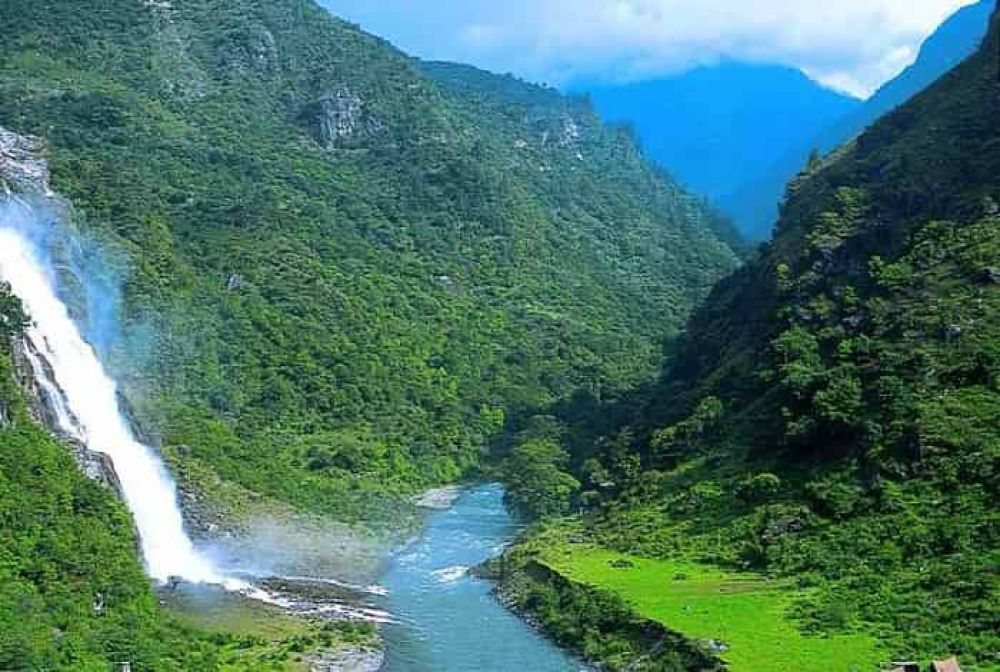

Tuensang is one of the largest and most prominent districts in the state of Nagaland, India. The district has a rich cultural heritage and is home to various indigenous tribes including Chang, Sangtam, Khiamniungan, and Yimchunger, making it a vibrant hub for those interested in cultural tourism.
Initially, the region of Tuensang was only marginally impacted by tourism. Its remote location and the tribal way of living have largely shielded it from outside influence. Before India's independence, the area was part of the North East Frontier Agency (NEFA), and access to outsiders was highly restricted due to the political climate and sensitive location near international borders.
Post-independence in 1947, as the Indian government began integrating these remote areas, the region of Tuensang started witnessing a gradual influx of visitors, mainly anthropologists, adventure seekers, and government officials. With time, infrastructure started developing, making it more accessible for tourism.
The latter part of the 20th century saw a rise in interest towards the unique cultural practices of the area. Festivals such as the Hornbill Festival of Nagaland, although mainly held in Kohima, have bolstered interest in Nagaland's tribal cultures, with reverberations felt in Tuensang.
Visitors are drawn to Tuensang for its unspoiled natural beauty, its terraced fields, lush greenery, and traditional villages. Tourists also gravitate towards experiences like:
In recent years, eco-tourism has seen a rise in Tuensang. With the growing awareness of sustainable travel, tourists are seeking experiences that are environmentally friendly and culturally respectful. Homestays have become a sought-after accommodation, providing visitors with an immersive experience while also benefiting the local economy.
In terms of government initiatives, schemes like 'Dekho Apna Desh' encourage Indians to explore their own country, including remote destinations like Tuensang. The Nagaland Tourism Department actively promotes Nagaland as a whole, highlighting Tuensang's festivals and attractions, to both domestic and international tourists.
Despite its potential, tourism in Tuensang still faces challenges such as the need for improved infrastructure, better connectivity, and adequate tourist facilities. The local government and community leaders are increasingly recognizing these challenges and are taking steps to address them, ensuring that the growth of tourism is sustainable and benefits the region's economy and people's livelihood.
In summary, Tuensang's tourism history is a blend of gradual discovery and appreciation of its cultural and natural treasures. With responsible tourism practices and supportive infrastructure development, the region's tourism industry has a promising future, ensuring that travelers can enjoy Tuensang's offerings for years to come.